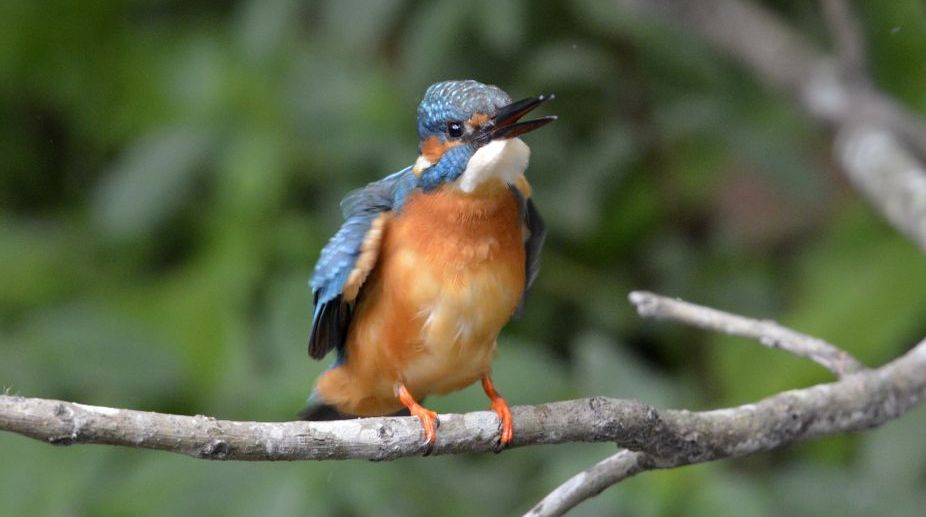Some time ago I heard a caged shama sing in a by-lane of one of the most congested parts of Madras. Its owner, a Muslim artisan, had built his pet a roomy bamboo cage, considerately provided with two perches. He was careful to give it the kind of food it should get, and though he could afford no luxuries, he had made a cover of fine loosewoven green silk, spangled with tinsel stars.
For the cage, he explained that it served to keep the bird relaxed and quiet at night, and save it from being frightened by passing cats, while still letting the air in, moreover, for some reason beyond him, it made the bird sing more freely.
In the close confinement of that tiny room, cluttered up with broken chairs and an assortment of tin trunks and gaudy cardboard boxes, with children shrieking and playing in the lane outside and an altercation between two women literally next door, the shama’s sustained, liquid melody was as surprising and lovely as anything could be but it did not delight me.
Not that an anthropomorphic, sentimental feeling for the prisoner dampened my spirits. It was only that song, at all times and of whatever kind is as dependent on the environment and the musical experience of the listener as it is on the singer, and that I had heard the shama many times in the dark, cool jungles that it loves.
In particular, I remember a few days in the forest block of Supa in Karwar. The great deciduous forest was all around our camp, and not far away there was a patch of giant bamboo, and a pair of shamas had nested in one of the clumps.
Every morning and evening before sunrise and at sunset, I would go over to the bamboo patch to hear the cock’s song. The shama’s song has been extensively studied by experts like Dr Thorpe, both from its live voice and from recordings (to borrow the terms from broadcasting), but few of these men have heard the bird in the jungles where it lives, and I think that the appeal of birdsong, in particular is much dependent on its setting.
Would Keats have written, In some melodious piot Of beechen green and shadows Numberless Singest of summer in full-throated case If he had only heard the nightingale singing from a cramped shrouded cage in the smoky murkiness of London? Very likely he would.
The muchvaunted Keatsian sensuous imagery has always seemed to me wholly independent of experience or recollection, and entirely the product of imagination conditioned by a feeling for euphony.
The man was a songbird in a sense that he could sing from a cage. However that might be, the shama should be heard in the deciduous forests that are its natural home.
The feathery cool green caves and intricate tracery of the bamboo branchlets provide a fit auditorium for its welling melody ineffably sad to the human car at one moment and cascading with liquid delight the next. We know of course that birdsong is more an instinctive proclamation of territory and part of courtship display than anything else, and we do not know for certain what moods the avian mind can sense.
But then, I am writing only of human apprehension of birdsong and nothing that I have ever heard has affected me so spontaneously and deeply as the shama’s song.
This was published on 31October 1965 in the Sunday Statesman











